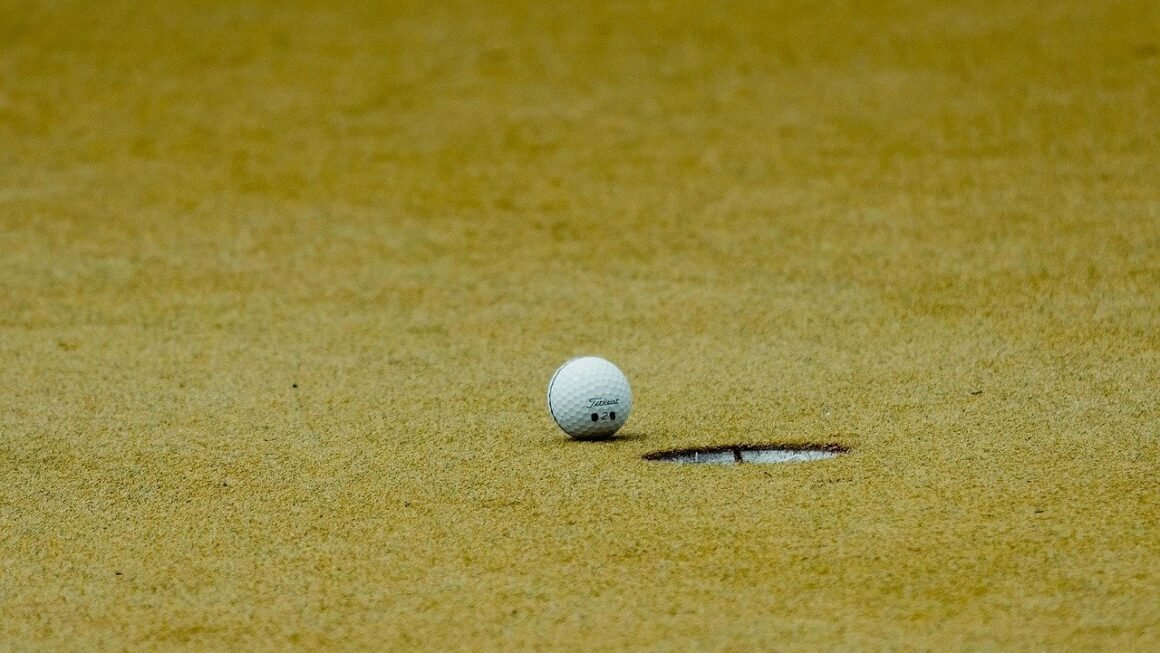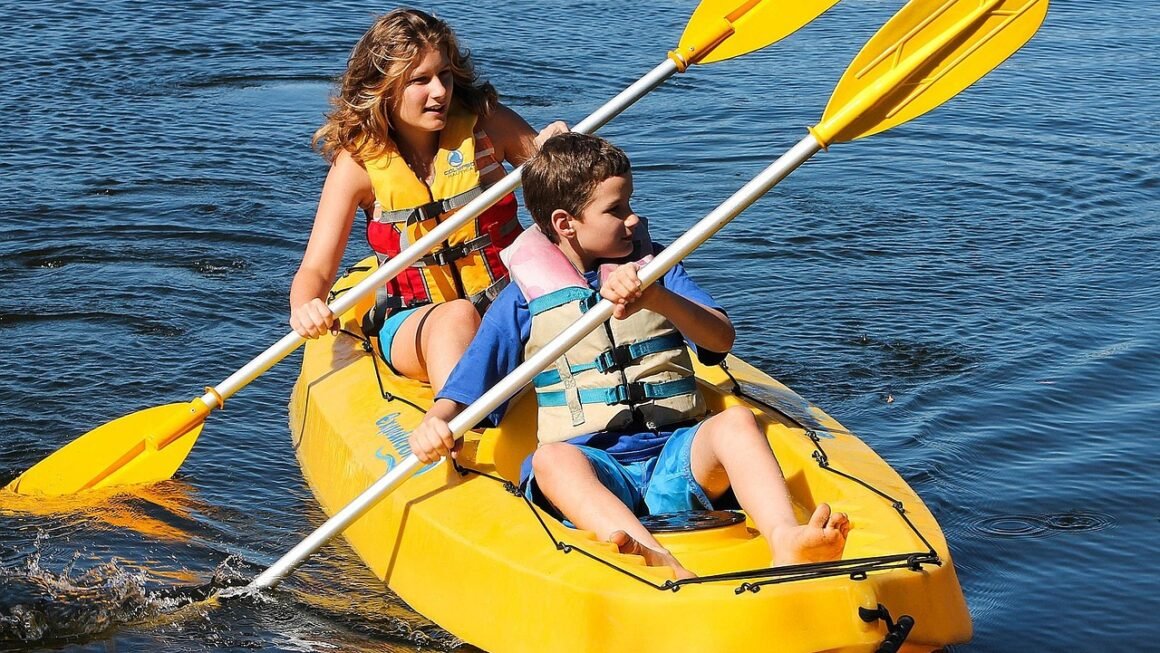Rowing, an activity often associated with picturesque rivers and serene mornings, is far more than just a leisurely pastime. It’s a demanding sport, a full-body workout, and a gateway to a community built on teamwork and perseverance. Whether you’re a seasoned athlete or a curious beginner, understanding the nuances of rowing can unlock a world of physical and mental benefits. This guide dives into the fascinating world of rowing, exploring its techniques, equipment, health benefits, and how to get started on your own rowing journey.
The Fundamentals of Rowing
Rowing involves propelling a boat, known as a shell, through the water using oars. While it may seem simple, mastering the technique is crucial for efficiency and injury prevention. There are primarily two types of rowing: sweep rowing and sculling.
Sweep Rowing vs. Sculling
- Sweep Rowing: Each rower uses one oar, typically with four or eight rowers in a boat (a “four” or an “eight”). One person, the coxswain, steers the boat and coordinates the rowers. Sweep rowing emphasizes teamwork and synchronization.
Example: In an eight, each rower contributes approximately 12.5% of the power. Consistent timing is paramount.
- Sculling: Each rower uses two oars. Sculling boats can be singles, doubles, or quads. Sculling requires individual skill and coordination.
Example: A sculler must balance the boat and coordinate both arms to generate power efficiently.
The Rowing Stroke: Technique and Execution
The rowing stroke can be broken down into four phases: Catch, Drive, Finish, and Recovery. Proper technique maximizes power and minimizes the risk of injury.
- Catch: The beginning of the stroke, where the oar enters the water. Maintain a strong back and core.
Key Point: The angle of your back should be around 45 degrees.
- Drive: The power phase, where you push with your legs, engage your core, and pull with your arms.
Key Point: The legs provide the majority of the power.
- Finish: The end of the power phase, where the oar is close to your body. Feather the oar (turn it parallel to the water) before extraction.
Key Point: The back angle should return to vertical.
- Recovery: The return to the catch position. Relax your muscles and move efficiently.
Key Point: This is where you prepare for the next stroke.
Indoor Rowing: The Ergometer (Erg)
The ergometer, or “erg,” simulates rowing on land. It’s a valuable tool for training, measuring performance, and building fitness.
- Benefits of Erg Training:
Provides a controlled environment for technique development.
Allows for precise measurement of power output (split time).
Offers a low-impact cardio workout.
- Example: A typical erg workout might involve intervals (e.g., 6 x 500m at race pace with rest in between) or a longer, steady-state row.
The Equipment: Boats, Oars, and More
Understanding the equipment used in rowing enhances appreciation for the sport. Boats and oars are specifically designed to optimize performance.
Rowing Shells (Boats)
Rowing shells come in various sizes and configurations, depending on the type of rowing (sweep or sculling) and the number of rowers.
- Construction Materials: Typically made of carbon fiber, fiberglass, or wood. Carbon fiber is the most common due to its lightweight and strength.
- Boat Types:
Single Scull (1x): One sculler.
Double Scull (2x): Two scullers.
Quad Scull (4x): Four scullers.
Pair (2-): Two sweep rowers (no coxswain).
Four (4+ or 4-): Four sweep rowers (with or without a coxswain).
Eight (8+): Eight sweep rowers with a coxswain.
Oars
Oars are the levers used to propel the boat through the water. Their design and materials are crucial for efficient power transfer.
- Construction Materials: Typically made of carbon fiber.
- Oar Components:
Handle: The part the rower grips.
Shaft: The long, central part of the oar.
Blade: The part that enters the water. Modern blades are often shaped to maximize water displacement and minimize slippage.
Other Essential Gear
Beyond the boat and oars, other gear ensures safety and comfort.
- Rowing shoes: These attach to the foot stretcher inside the boat.
- Clothing: Tight-fitting, moisture-wicking clothing is ideal.
- Life Jacket (PFD): Essential for safety, especially for beginners.
- Coxswain’s Gear: Includes a megaphone for communication and a rudder for steering.
The Physical and Mental Benefits of Rowing
Rowing offers a comprehensive workout that engages multiple muscle groups, improves cardiovascular health, and enhances mental well-being.
Full-Body Workout
Rowing engages approximately 85% of the body’s muscles.
- Major Muscle Groups Worked:
Legs (Quadriceps, Hamstrings, Glutes)
Core (Abdominals, Lower Back)
Arms (Biceps, Triceps)
Back (Latissimus Dorsi, Rhomboids)
- Benefit: Rowing strengthens and tones muscles throughout the body.
Cardiovascular Health
Rowing is an excellent cardiovascular exercise.
- Benefits:
Improves heart health and lung capacity.
Lowers blood pressure and cholesterol levels.
Burns calories effectively.
- Example: Studies have shown that regular rowing can significantly reduce the risk of cardiovascular disease.
Mental Well-being
Rowing can positively impact mental health.
- Benefits:
Reduces stress and anxiety.
Improves focus and concentration.
Boosts self-esteem and confidence.
Promotes teamwork and social interaction.
- Example: The rhythmic motion and outdoor setting of rowing can be meditative and relaxing.
Getting Started with Rowing
Whether you’re interested in indoor or on-water rowing, there are several ways to get started.
Finding a Rowing Club
Rowing clubs offer structured training programs, access to equipment, and a supportive community.
- How to Find a Club:
Search online for rowing clubs in your area.
Contact your local YMCA or community center.
Attend rowing events to network with other rowers.
- Example: USRowing is the national governing body for the sport in the United States and can provide resources for finding clubs.
Learning the Basics
Proper instruction is crucial for developing good technique and preventing injuries.
- Instruction Options:
Take a beginner rowing class.
Hire a rowing coach.
Watch instructional videos and read articles.
- Key Focus Areas:
Proper posture and body positioning.
Efficient stroke technique.
Safe handling of equipment.
Indoor Rowing for Beginners
Indoor rowing on an ergometer is a great way to learn the basics and build fitness before venturing onto the water.
- Beginner Workouts:
Start with short rows (e.g., 5-10 minutes) at a low intensity.
Focus on proper technique.
Gradually increase the duration and intensity of your workouts.
- Tips:
Use a heart rate monitor to track your intensity.
* Listen to your body and take breaks when needed.
Conclusion
Rowing is a rewarding sport that offers a wealth of physical and mental benefits. Whether you choose to row on the water or on an ergometer, understanding the fundamentals of technique, equipment, and training is essential for success. By joining a rowing club, seeking proper instruction, and gradually progressing your workouts, you can unlock the many advantages that rowing has to offer and enjoy a lifetime of fitness and fulfillment. Embrace the challenge, enjoy the journey, and discover the power of rowing!



